Editor’s Note: As natural becomes as “in” as ever, more and more of us question if it is finally time to let our hair do whatever it wants. Barbara Peck made the transition years ago and shares what questions, reactions, and feelings to expect.
***
For decades, I dyed my hair to cover the gray without ever questioning it. I can’t remember exactly when I started, but I was an editor for a magazine in New York City and lucky to look young for my age. Letting my hair go gray would surely spoil the illusion. Wasn’t it career suicide for women in media to be old? Plastic surgery was never in the cards for me, but dyeing my hair… of course!
Over the next few decades, life changes rolled over me—divorce, longtime career yanked out from under me, adult sons still finding themselves. I wondered, Is there anything in my life that I have control over? I already make my own pickles; what else can I do that’s entirely my call, with no one to stop me?
My Turning (Gray) Point
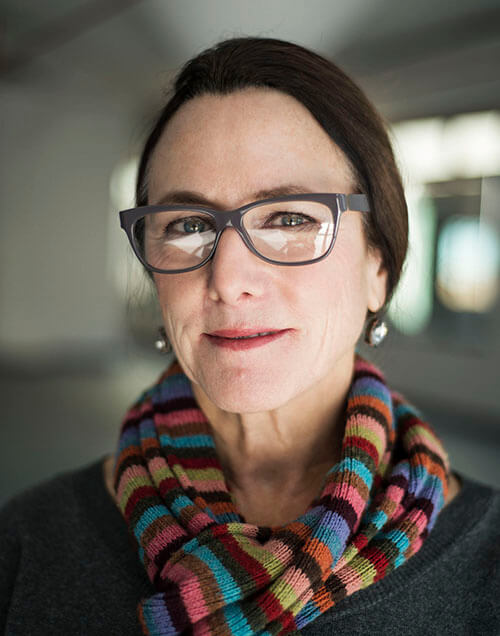
The author before she started letting her gray grow in. Photo credit: Matthew Williams
I can date my decision to the day: October 10, 2017, after reading a New York Times article entitled “Working to Disarm Women’s Anti-Aging Demon.” Writing about age-based discrimination, Ashton Applewhite (who is on NextTribe’s advisory board) addressed the subject of women dyeing their hair instead of going gray. Her article, along with a photo of Frances McDormand looking all gray and sassy, struck a chord.
Aging is harder for women, Applewhite pointed out (oh really?). “Trying to pass for younger is like a gay person trying to pass for straight or a person of color for white,” she wrote. “These behaviors are rooted in shame over something that shouldn’t be shameful. And they give a pass to the underlying discrimination that makes them necessary.” She continued: “For movements to have power, their members have to embrace the thing that is stigmatized. That means moving from denying aging to accepting it, and even to embracing it.”
See why I was swayed? Admittedly I was already on the fence, but this article pushed me over, and I have Applewhite to thank for it.
I’d had my hair colored on September 3, 2017: that would be the last time. In mid-October, with roots showing, I tentatively revealed my decision to my friend Cara in an email: “I’m seriously thinking of letting my hair go gray. Kinda curious to see how it would look. And I can always go back!”
Cara, who rocks her silver mane like nobody’s business—and it isn’t!—gave me all the advice I needed. “Go for it!,” she wrote. “It took me about a year and a half to transition. Let the roots grow out until you can’t stand it anymore and then go to the hairdresser for lowlights—dark streaks added to blend in the white bits. At each visit I’d have a bit of the dyed stuff cut off the bottom. Maybe you’re braver than me and will go shorter quicker.”
Read More: Forever Blonde: Why I’ll Never (Ever!) Let My Hair Go Gray
Finding My Gray Gang
Cara’s other tip: Join the Facebook page Gray and Proud, which started in 2008 and now has 17,000 members, mostly women, need I say. Its motto: “Those aren’t gray hairs. They are strands of glitter.” It’s a great online support system and an endless source of advice.
Other friends reacted less positively. “Why would you do that? You’ll look way older,” some said. Most of those were women who held or had held high-powered jobs—and colored their hair. One told me I’d only look good if I always wore makeup and bright colors. I have noticed that gray tops don’t cut it anymore.
Friends who’d already let their hair go gray were, no surprise, totally supportive.
In November I returned to Carpio, my nice hairdresser, for a trim. When I broke the news he didn’t try to talk me out of it, but he warned that it would take two years to grow out. I was doubtful, but I now suspect he’s right.
My Salon Secret
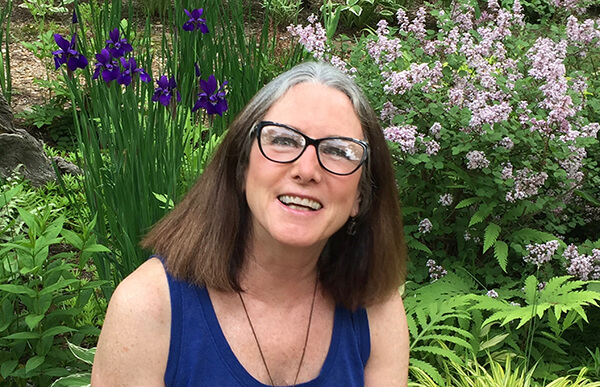
The author in her current transitional phase. Photo credit: Caren Sturmer
Then I booked an appointment with my friend Susan’s colorist at Devachan salon. Larry understood exactly what I wanted and set to work, brushing in dark streaks that blurred the line where my roots were showing. Once he was done, I wasn’t sure. “It looks like he set me back!” I said to friends; a lot of my hard-earned gray seemed to have been covered over.
As it turns out, Larry knew what he was doing. In fact, he did such an awesome job that even seven months later I don’t feel I need more lowlights. The area where silver meets brown has an ombré look that seems almost natural. And whatever, my head looks just fine to me—and that’s what matters!
For years I lived with the dread of roots starting to show within weeks of a salon visit. Today I find it liberating—and still surprising—that I feel comfortable going out in public with not just a measly quarter-inch of roots, but a good four inches! And while I can admire photos of women on Gray & Proud with their “pixie cuts,” I’m in no hurry for a big chop. I’ve had shoulder-length hair for too long (and besides, big ears).
I don’t miss squandering two hours at the salon every seven weeks, as I once did. Nor do I miss that discomfort—my scalp was super-sensitive after the dye was applied, and the wash, comb-out, and blow-dry were somewhat torture. I don’t miss the money spent. My friend Carpio? I can still see him for cuts.
But it’s not just about the waste of time and money. I’ve considered myself a feminist ever since I helped start a consciousness-raising group as a student in the ‘70s. So why didn’t I have the confidence—or the consciousness—to say the heck with dyeing my hair to conform to some external standard of youth and beauty? To me, getting in touch with my roots feels like accessing my authentic self—even if my authentic self has hair that’s a totally different color than back in the day.
And, actually, the different color is part of the fun. I still don’t know how my head will look once all the dye is gone. I’m hoping for the streaky silver or “skunk stripe” I’ve seen on friends. Or Susan Sontag’s shock of white.
The Silver Sisterhood

Whenever I’m asked why I’m letting my hair go gray, and people do ask, I say I realized I don’t care what color my hair is—or what anyone else thinks about it. I’m not trying to convince others to follow this road. It’s a personal choice, and I don’t judge anyone for coloring her hair. But I do cheer on those I see transitioning like I am—I’ll nod to a stranger I pass on the street, and I appreciate anyone who does the same to me.
I also appreciate all those supporting me with advice: Diane, who helped me choose the perfect transition eyeglasses; my fine sons for not complaining that their mom looks “old”; Khristi, who suggested I keep my eyebrows dark so my face won’t look washed out; and many more.
Here’s another silver lining: Though my hair is still a work in progress, I’m already finding it easier to get a seat on the subway. And when I see someone standing who’s visibly in my age group, I don’t feel guilty about not getting up.
The last and maybe best benefit is the kick I get whenever I catch my reflection in a mirror—because I’m loving this adventure.
Read More: The Honey Hair Club for Women: The Most Common Way to Hide Gray
A version of this article was originally published in June 2018.

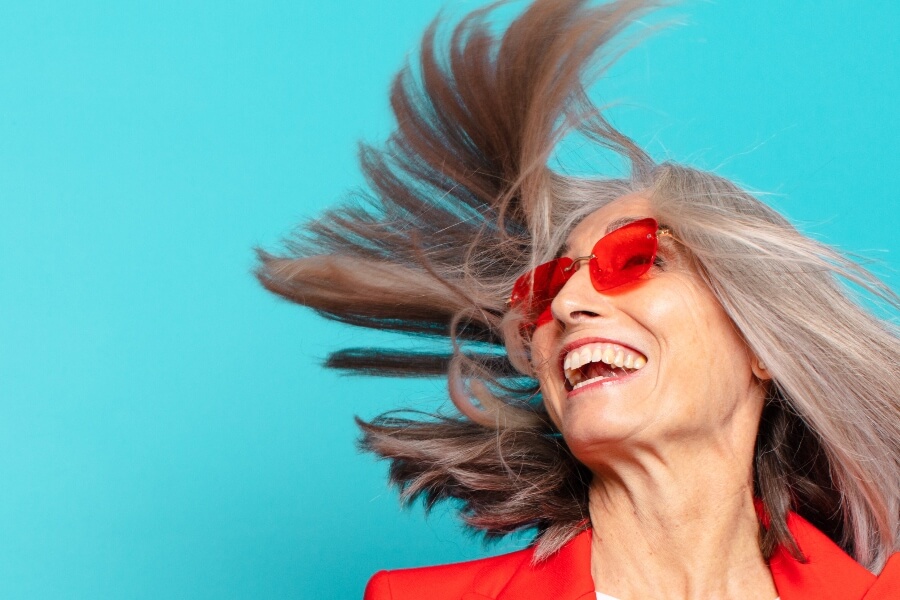
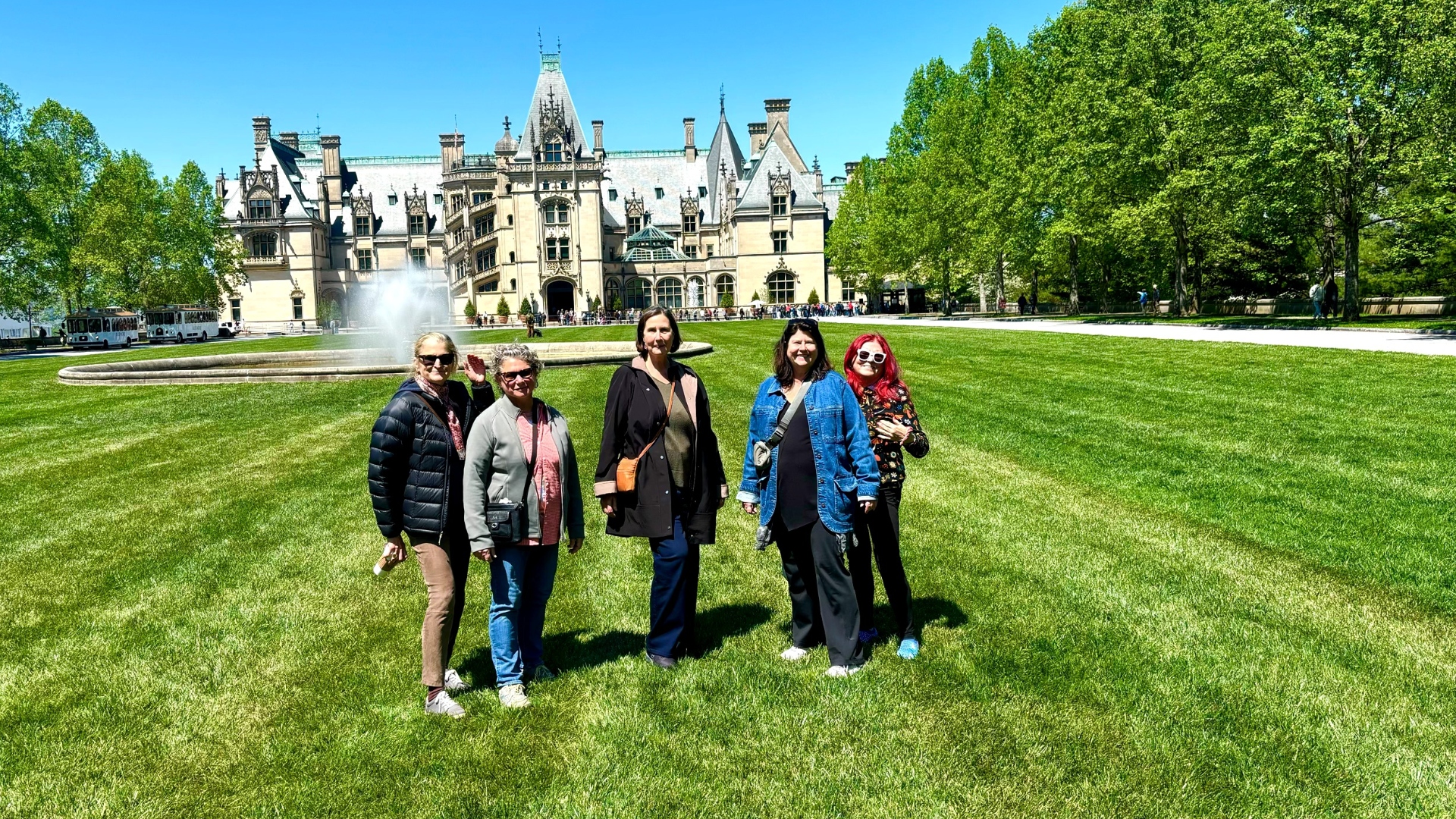


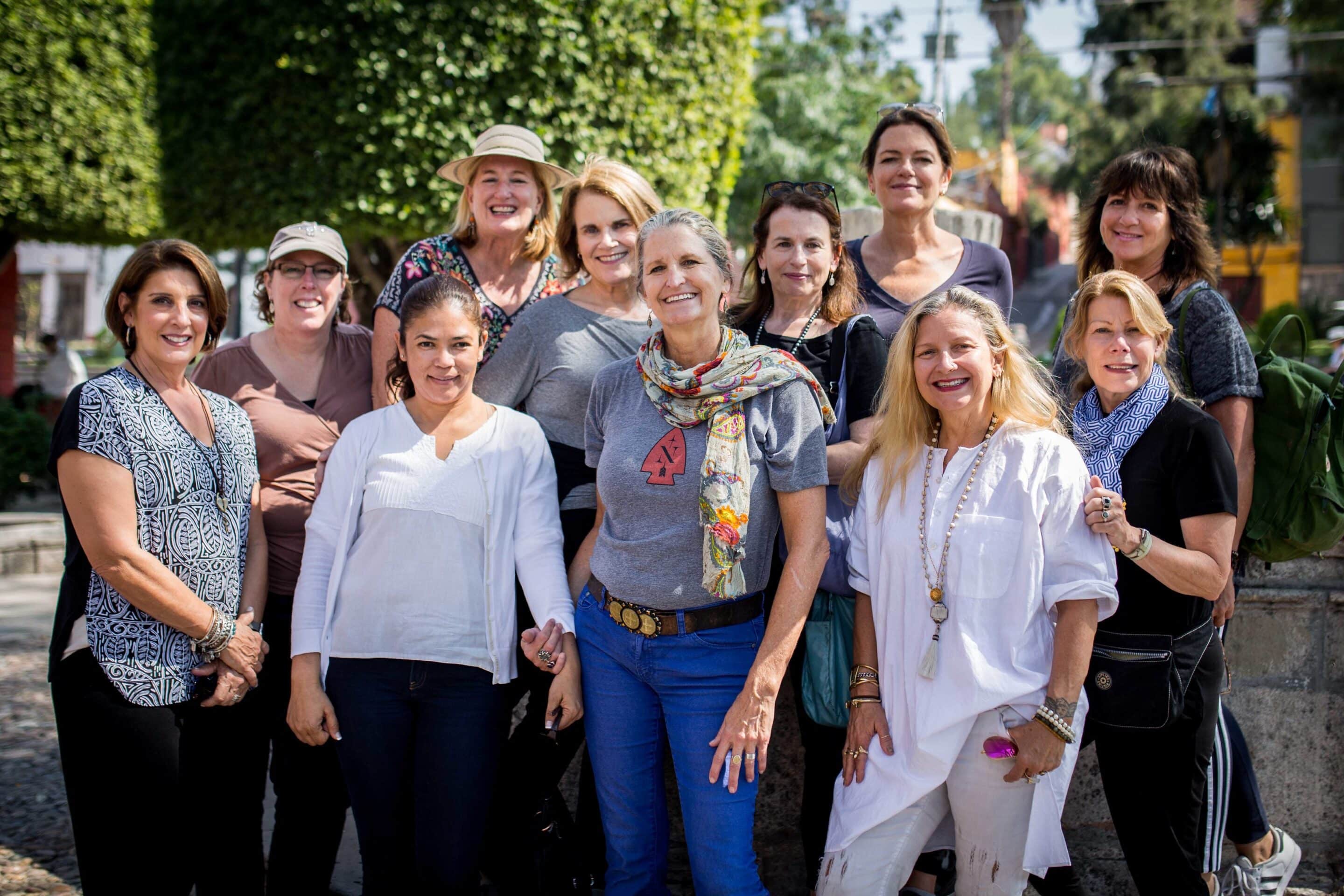




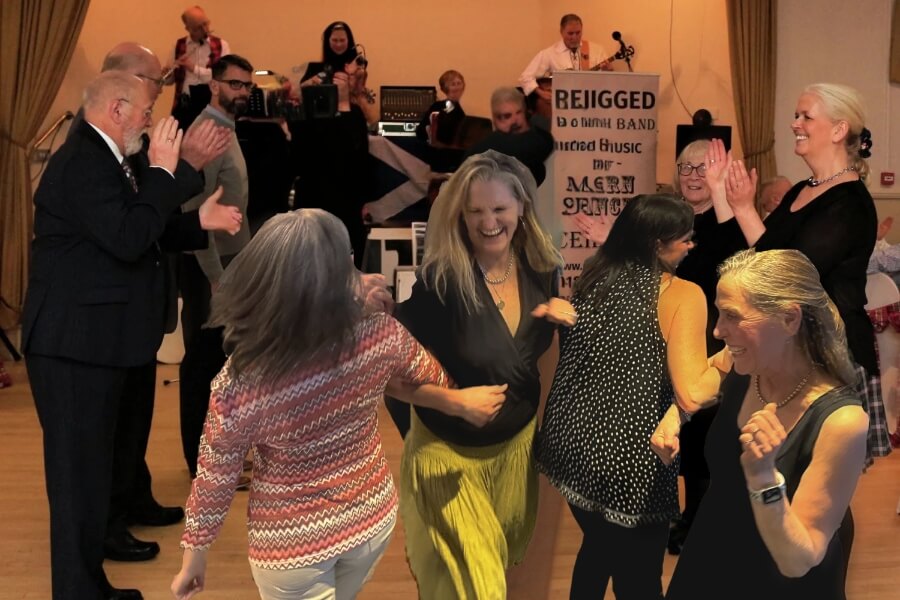

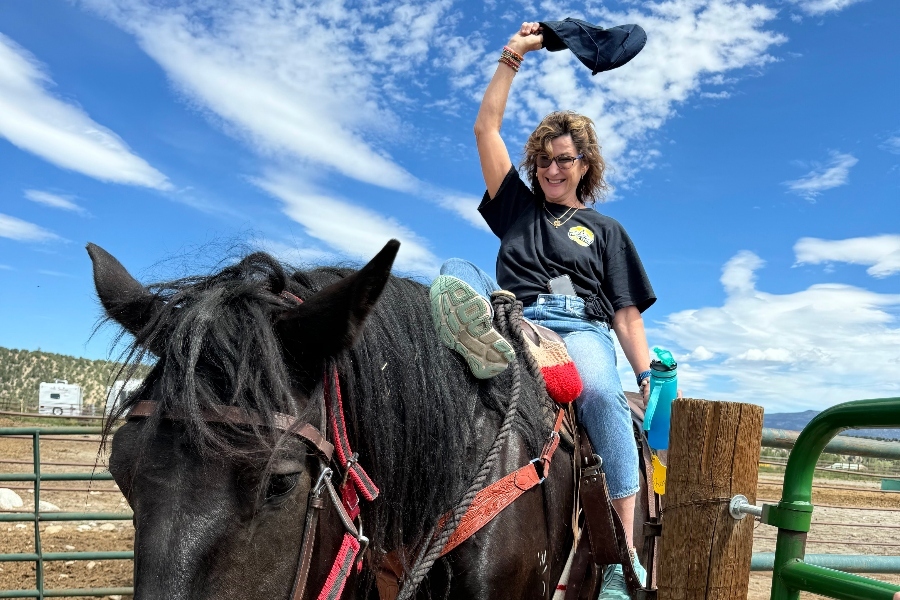



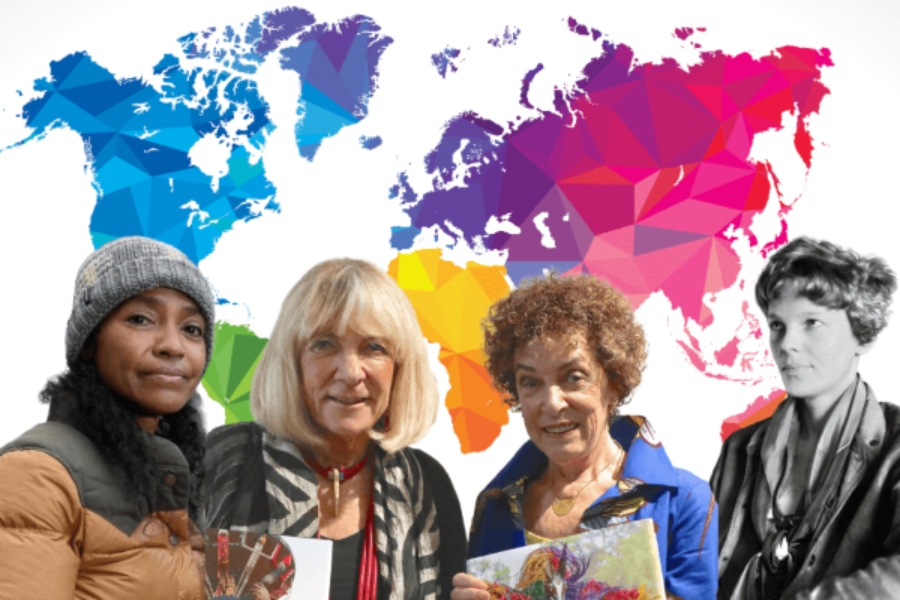
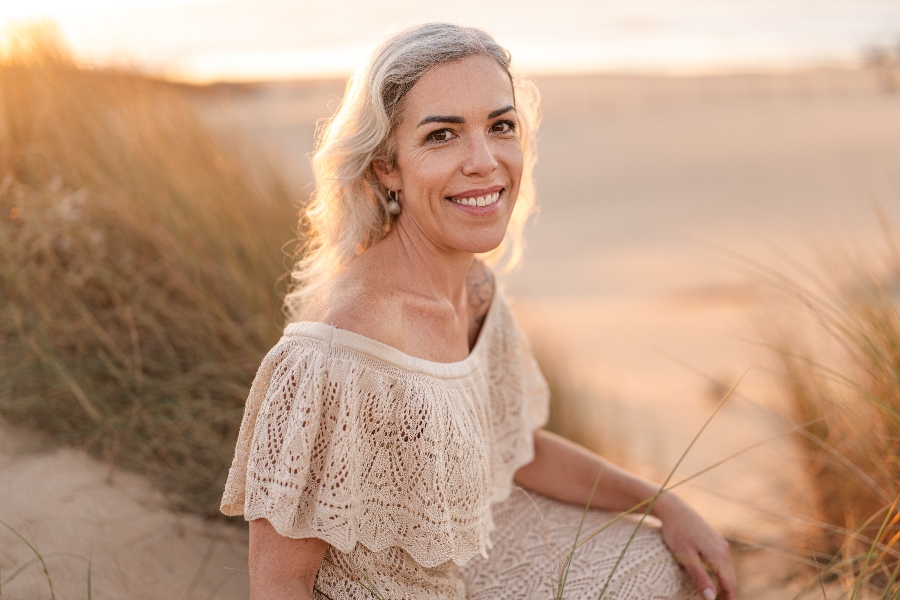
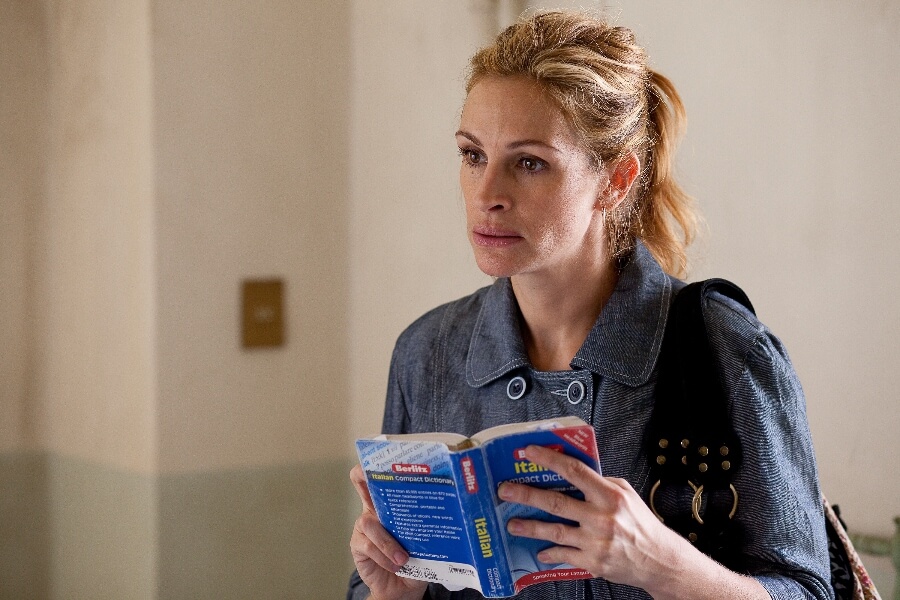

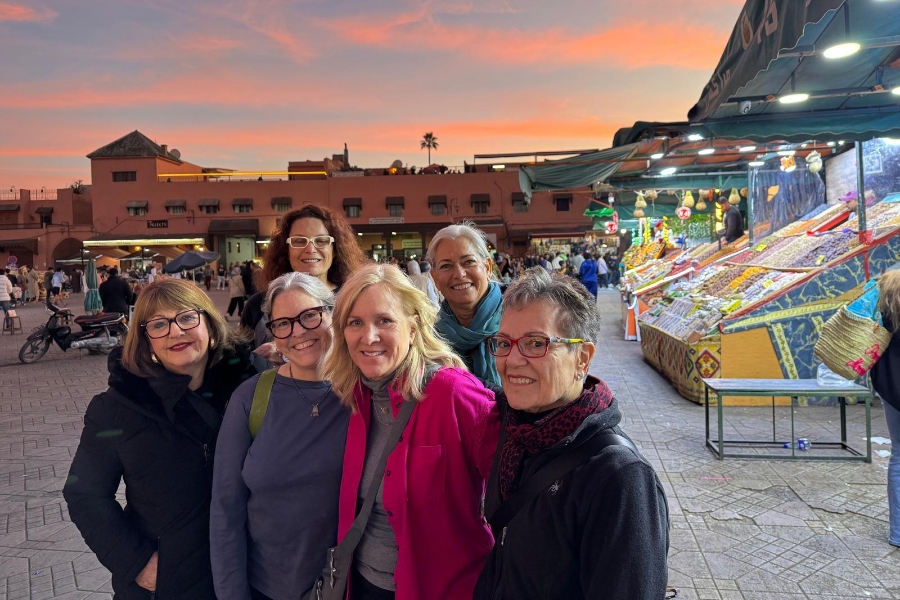
0 Comments